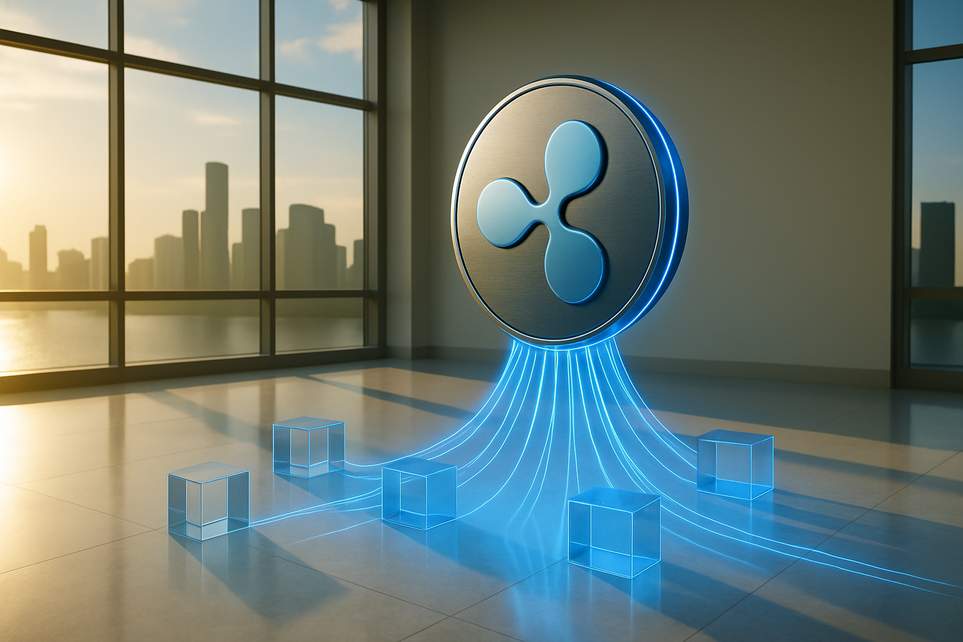Why Wall Street’s Ripple Bet Could Make XRP an Institutional Workhorse
Why Wall Street’s check matters
When a group of heavy-hitting institutional investors quietly wrote a big check to Ripple, it was less about headline-grabbing hype and more about a couple of grown-up questions: Does this company have repeatable revenue? Does it have regulatory bones to stand on? Can it actually build plumbing that institutions will trust?
That $500 million round and the $40 billion valuation didn’t arrive like a viral meme — it landed like a vote of confidence from folks who don’t usually invest for the Instagram clout. The names involved are corner-office types who fund things that can scale, earn fees, and survive audits. In short: they see Ripple as a potential piece of real financial infrastructure, not just another crypto startup chasing trends.
What Ripple built — and why XRP matters now
Over the past couple of years Ripple has been assembling something that looks more like a mini Wall Street operation than a typical crypto company. They bought a big prime-broker business, upgraded custody and treasury tools, and added rails for settlement and financing. Put together, that stack walks clients through the whole institutional workflow: custody, treasury, settlement, trading and financing.
That matters because institutions don’t buy tokens for vibes. They buy systems that reduce friction, lower costs, and behave predictably. The XRP Ledger’s strengths — fast, deterministic finality and steady throughput — suddenly look like features a bank or payment network would pay for. Add a fully reserved, regulated stablecoin that settles on the same ledger and you’ve got a neat package: a reliable ledger, a unit of account, and native liquidity to keep the gears turning.
In plain English: XRP’s function is shifting. Instead of being treated primarily as a speculative asset, it’s being positioned as the lubricant inside a bigger settlement machine — the thing that helps transactions settle smoothly and keeps fees predictable. When stablecoins and tokenized deposits become part of regulated settlement flows, this kind of predictable infrastructure is a selling point, not a gamble.
Footnote: the company’s acquisitions — from prime brokerage to custody and treasury platforms — aren’t just status symbols. They’re the building blocks that make institutional use cases plausible, because clients want a single, coherent workflow, not five disconnected products stitched together with hope and duct tape.
So what’s next — and why you should care (or at least mildly peek)
If Ripple executes on connecting card networks, banks, and institutional settlement flows to its ledger and stablecoin, XRP’s fate becomes tied to utility rather than market mood swings. That means adoption by treasury teams, integrations into payment rails, and steady settlement volume could drive relevance more than viral Twitter chatter or short-term speculation.
That doesn’t mean overnight success — infrastructure takes time, partners, and regulatory choreography. But the signal here is important: big, conservative investors are treating Ripple like a platform play with revenue potential, not just a token story. If that thesis holds, XRP’s long-term path will look more like a component of global settlement plumbing than a relic of early crypto experiments.
Bottom line: whether you’re an institutional suit or a casual observer, the story isn’t just about price charts. It’s about the slow, slightly nerdy work of building trustworthy systems. And when systems win, tokens that are part of those systems can stop being moonshot bets and start being useful tools — which, for XRP, could be an entirely new job description.

